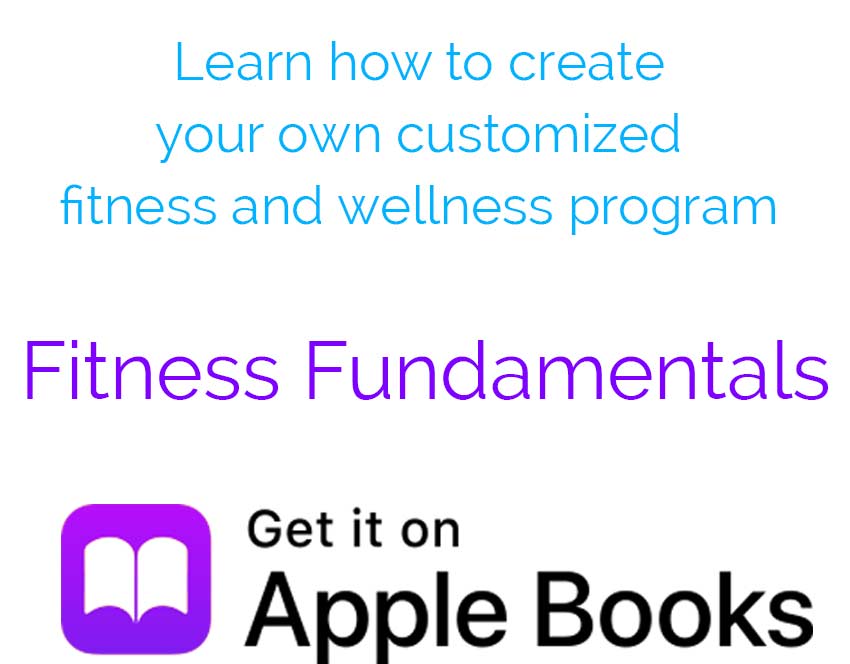
Beginning the grueling process of forging gains
I started the long process of forging gains through progressive overload in 1994 at age 18.
In the fall of 2018 I was watching a series on Netflix about the Celts, and how they weren’t at all the barbarians described to us by the Romans. In fact, for a quite a long time, the Celts were far more technologically, economically, and culturally advanced than the Romans themselves. One of the technologies the Celts mastered was the forging of iron.
During the episode, a group of German blacksmiths were hard at work for a team of anthropologists. They were recreating in minute detail the process of forging a sword. It looked like back breaking work. Not just the actual physical activity, but the sweltering conditions, and the constant repetition. Not only did they have to hammer the ingot incessantly, they had to keep repeating the same cycle of heating, folding, hammering, cooling, reheating, and continuing.
The reason this is necessary, is because with each circuit, more and more impurities are separated from the metal. Folding and pounding the glowing iron crushes out the impurities, so with each pass, the material gets stronger and more flexible. It was exhausting to watch, and relatively mind numbing as well. Upon reflection, it seemed quite familiar: This is like working out.
Without darkness, there is no introspection or personal growth. Embracing and understanding our pain helps us to heal. Recovery is strength.
A pleasing metaphor
This, in a nutshell, is the process in personal training known as progressive overload. Progressive overload is the only sound and true way to develop measurable and sustainable gains. It’s repetitive, and it can be boring (even more than boring, tedious). It isn’t exciting unto itself, but it’s the smelting process that reveals improvement. This what I mean by forging gains.
I know that the casual exerciser likes lots of variety, because they get bored. And if a person’s only goal is to have fun and stay active, then that is absolutely perfect. Whatever keeps a person excited about being fit is a win. However, if someone has specific goals, then all that constant change can be a hindrance. So, bear that in mind when you hear a trainer, class, gym, or program brag that you’ll “never do the same workout twice.”
This perceived need to constantly change grows out of a false concept called “muscle confusion,” which was brought to prominence with the surge of P90X and similar programs. Let me clarify something: There’s no such thing as muscle confusion. That’s a fad.
Is it true that the body becomes better and more efficient at doing something, and that further growth comes with variation? Yes. But that change can be any nuanced adjustment: Heavier weight, more sets, more reps, faster tempo, different angle, longer distance, more incline, longer or deeper stretching. All of those are the tweaks that keep the body growing. All of those variables interrupt “muscle confusion.”
By 2010 I had slowly gained 20 pounds of muscle
Let’s return to forging the sword. The blacksmiths came around again and again and again to the same steps. Heat, pound, fold, pound, stretch, cool… repeat. And with each pass the sparks would fly, and that means more and more of the impurities were being removed. This is comparing apples to apples. If the blacksmiths decided in the middle of this process to use an acid wash followed by aeration and slow cooling… well, that just isn’t the same. They’d stay busy, sure. But whatever changes happened would then be comparing apples to oranges.
Switching it up constantly undermines the ability to track improvement, and it interrupts the process of perfecting technique. If your goal is to run a marathon and you do Zumba classes, it doesn’t matter if you lose fat and get better conditioned, you still won’t be able to run a marathon. If you continue running, you’ll find each day or week that you can either cover more distance in the same time, or go for more time before you need to stop. Going through that repetitive process of gradually improving specific nuances is fundamental to progressive overload.
If you insist on buying into “muscle confusion,” that’s fine. But do yourself a favor: Rather than changing out the entire movement vocabulary, make less drastic adjustments. Don’t throw out bench presses just because you’ve done them for more than two workouts in a row. Change the angle of the bench press. Do the bench press more slowly. Do it at a different point in the workout. But don’t feel compelled to avoid repeating bench press this week just because you did it last week. It takes far longer than that for your body to develop any “muscle confusion.”

Stay the course
As with almost everything in the fitness industry, less is often more. You probably don’t need all those supplements. You definitely don’t need that vibrating torture device you bought for four easy payments of $29.99, and those fat loss pills are probably just caffeine with a little bit of other stuff thrown in to look fancy. You don’t need to eat six times a day. Beer after exercise doesn’t hydrate you. And “mixing it up” every single time does not give you better results.

In January 2017, when I took this selfie, I had finally achieved my personal ideal
Perform your chosen activity during a session. Record what you did. Next time, look at your journal, and then decide what improvements you’ll attempt: Lift smoother, stretch further, throw harder, jump higher, run faster, hold longer… but perhaps only a little bit. Keep proper technique firmly in your mind. Record these newest results. Repeat this for days, weeks, months, and years. Several sessions later, look back at the first entry and compare it to the most recent. See those specific improvements? Those are gains. Is it boring? Sometimes. Do you need to reprogram from time to time? Yes, but not daily or weekly. Will you ever hit plateaus? Of course, and that’s when you address reprogramming.
Exercise should be fun, definitely. But to meet specific goals, exercise should also be structured. As you put yourself through the rigors of repeatedly smashing all the weakness and doubt, you’ll be left with a better, stronger, more resilient version of yourself. It takes exceptional amounts of effort, but you’ll eventually transform from the pig iron to the sword.
Recent Posts

Glycemic Index vs Glycemic Load
This score indicates how damaging a food will be to your blood sugar levels. Foods that score 0-55 are rated low impact (and thus presumed to be better for diabetics and those looking to maintain healthy weight and/or body fat ratios), but this is not the whole picture.

Caffeine: 14 better options to ease SAD
Nearly a year ago to the dot, I wrote an article about Seasonal Affective Disorder (SAD), but there I focused on the importance of getting access to a full range spectrum of light. Here I’d like to focus on caffeine and sleep’s effect on SAD. I’ll also offer suggestions for what to do to help you feel better on the dark days.

Avoid fish oil supplements
I don’t generally promote supplements. Most of them play to specific, isolated points of medical research to serve as a magic pill. One remarkable example of this is fish oil.




